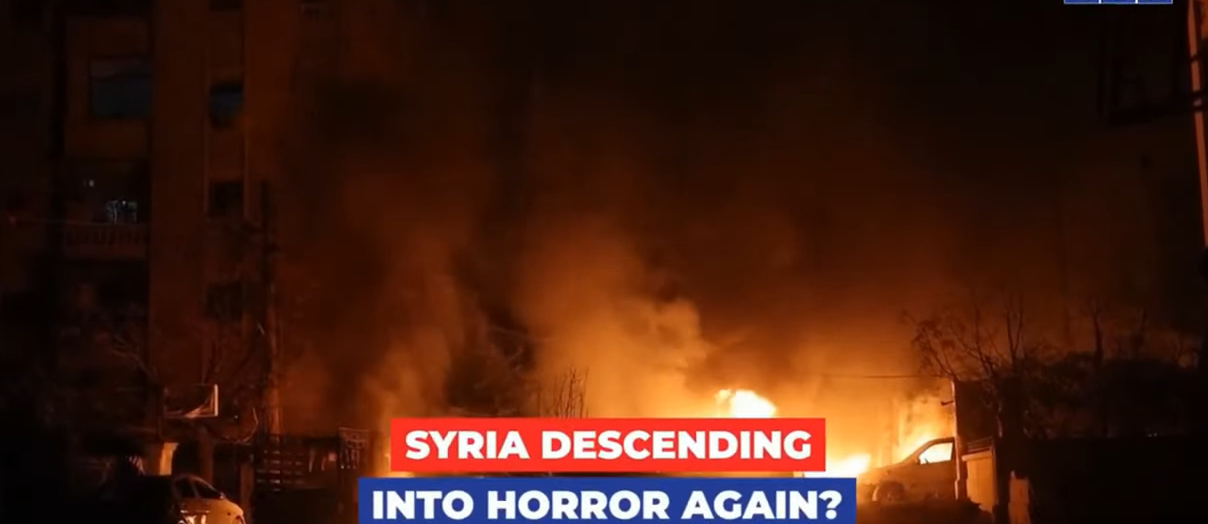The article was written before the most recent cease-fire was announced.
The statistics are just beginning to be analyzed—by UN agencies and a myriad of NGO’s whose mandates include salvaging young lives from the nearly incalculable ravages of the five-week (and counting) Zionist aggression upon Gaza. It is of course the third aggression in six years against the 1.8 million Palestinians, sardine-canned into what is increasingly referred to as history’s largest open air prison, but the outcome this time is looking particularly cruel and grim.
As the Netanyahu regime announced (on 8/10/14) that its attacks on Gaza would continue, increasing numbers of obscene calls—for Israel to “finish the job” and “go all the way” etc.—are floating in the Zionist state’s malodorous public echo-chamber, emanating from such figures as the Knesset’s deputy speaker, who advocates driving Palestinians into the Sinai desert and resettling Gaza with Jews.
In Khuza’a “the Israeli military had trapped at least 32 people in a home and then prevented the Red Cross from evacuating them before shelling the area,” reported Lebanese-American journalist Roqayah Chamseddine. Hoping for safe haven, the people in the house sought refuge in the basement of a neighbor’s home, where they found additional families already inside.
“By that point we were 120 people, 10 men and the rest women and children,” Kamel al-Najjar recalled for Human Rights Watch.
After dawn and without warning (no polite leaflets or knocks on the roof apparently), Israel struck the house, killing three people and wounding 15 others.
The toll of the war on Gaza’s children has been “catastrophic,” according to UN agencies. At least 450 have been killed, and those not having their physical bodies buried have found their innocence entombed. It is another casualty in the war—a war against all things daring to live and resist in Gaza. According to Chamseddine:
“Israel has forced the children of Gaza to lay flowers atop headstones, and watch helplessly as coffins that are filled with not only their most beloved family members, teachers, neighbors, and friends but also their most treasured memories, lullabies, lessons learned and those that will never come, descend into the belly of the earth. Their lips will memorize and form prayers for the dead and the stars that defied the siege that flickered freely high above them will be snatched from their skies,” Increasingly it is being heard from Gazans that “Israel has stolen everything beautiful in our lives,” and Israel’s barbarity confirms this sentiment.
Middle East analysts point out that it is difficult to recall a time in modern history when there has been so much sustained slaughter of this region’s civilian population, with more than two-thirds of the victims being women and children. For the past year, UN agencies and other humanitarian organizations have lamented a simple reality—that there is not a sufficient level of international aid to save lives and treat those in need of emergency and longer term medical care.
But now something is changing.
The horrors we have just witnessed, especially with respect to traumas inflicted on children, is producing, as should be the case, a major and rapidly growing international focus on salvaging young lives. Descriptions and evaluations of the consequences of Gaza wars are being published and urgently discussed. Some analysts and government officials, including Pentagon planners, are calling for a ‘Medical Marshall Plan,’ to save Gaza’s children. One proposed first step is the dispatching of a humanitarian support group of hospital ships that would sail to Gaza without further delay.
What can and must be done, by the United States and other countries with the naval and medical capacity to do so, is to organize a Hospital Ship flotilla to break the siege of Gaza, to anchor offshore, and to begin caring for the medical needs of all, with a special focus on children and their psychological well-being. Call it a Mercy Mission. Initially it could include the following countries—all well known for their hospital ships with up-and-running medical staffs: the USA, UK, France, China, Russia, Spain, Argentina, and Australia. Within this group of nations are ships with hundreds of patient beds and fully stocked pharmacies. Moreover, it is a group not likely to be interfered with by those who have imposed the inhumane blockade of Gaza (and of course it even includes some of their collaborators in the region), but perhaps most importantly, every country on the list possesses one or more hospital ships that are fully staffed and available to act.
France is reportedly ready to join such an effort and is also working on a related crisis—in Iraq, where it plans delivery of first aid equipment “in the coming hours,” according to the office of Francois Hollande. The French president has “reaffirmed the will of France to stand by the side of civilian victims of continued attacks” in Iraq, and his spokesmen said that “France will do the same thing for Gaza.”
“The European Union is called upon to also take necessary measures with great urgency to respond to immediate humanitarian needs,” the spokesman added.
Hundreds of EU citizens, with their specialized skills in fields of pediatric medicine and child psychology, are reportedly ready to help the children of Gaza. Two fully stocked and staffed American medical ships, the USNS Mercy and the USNS Comfort, could contribute greatly to the effort. Each ship’s hospital is a full floating medical treatment facility, containing 12 fully equipped operating rooms, a 1,000-bed patient capacity, digital radiological services, medical laboratory, pharmacy, optometry lab, and intensive care ward; each also has a dental clinic with full services, CT scanner, and two oxygen-producing plants.
Helicopter landing decks are available as well, for patient transports, and the ships also have side ports that could take on patients from Gaza fishing boats and other crafts at sea. In addition to these two mammoth-sized medical vessels, dozens of other US Navy ships also have hospitals on board. For example, in one year, the medical department of the USS George Washington handled over 15,000 out-patient visits, drew almost 27,000 lab samples, filled almost 10,000 prescriptions, took about 2,300 x-rays, and performed 65 surgical operations—and nearly 100 other US ships are capable of doing the same.
Just one example with respect to capacity is illustrative. In April of this year, the USNS Comfort—a converted 70,000-ton tanker—sailed from Norfolk, Virginia carrying 900 doctors, nurses, and engineers, including staff from the U.S. military, civilian agencies, non-government charities, and even foreign navies. The ship is designed to be deployed quickly for four month intensive full service medical assistance; yet similar capacities obtain in certain other US ships and in foreign navies as well. All of these resources must be put to immediate use to save Gaza’s children.
Looking at the longer term, the Pentagon should seriously consider ordering a sufficient number of catamaran transports and shallow-draft littoral ships to fill out the flotilla, vessels capable of delivering aid by sea via the relatively shallow Gaza coastline. The success of breaking the siege of Gaza will likely give impetus to a UN Security Council decision to construct a seaport for Gaza, perhaps with a shipping channel to Cyprus.
Similarly, the UK hospital ship, RFA Argus, designated as a ‘Primary Casualty Receiving Ship,’ is moored in Falmouth, England, and is also uniquely designed for this type of humanitarian crisis; and it, too, is reportedly ready to sail once given the green light by Downing Street.
Five Hospital ships are urgently needed along Gaza’s shoreline at the following locations: opposite Jabaliya and North Gaza, Gaza City, Deir al-Balah, Khan Younis, and Rafah.
Although attacking a hospital ship is clearly a war crime, the Israeli pattern of targeting medical facilities in Gaza is well known, and threats from the settler movement and the right wing Likud Party to “sink any ship that enters Gaza waters if judged to be aiding the terrorists” must be taken seriously. Yet one imagines the occupation regime would have to think carefully about sinking another US Navy vessel as it did in 1967 with the repeated bombing of the USS Liberty.
Instead of recycling raw combat power, the White House can best meet the demands of a war-weary American public through an emphasis on missions such as those the USNS Mercy and USNS Comfort are designed for. Poll after US public opinion poll reveal that Americans believe their humanitarian values are best reflected when our navy is tailored for delivering humanitarian aid to places like Gaza, and not by delivering munitions to occupying colonial regimes.







